To realize the above orientation, recently, many ideas on planning the alluvial and mid-land areas of the Red River have been put forward to supplement public spaces, exploit cultural and landscape elements; ensure flood drainage issues and respect natural ecological development.
Harmonious urban development on both sides of the river
With an area of about 23 hectares, the Red River sandbank is a large green space under the management of Hoan Kiem, Tay Ho, Ba Dinh and Long Bien districts. Recently, the Capital Planning for the period 2021 - 2030, with a vision to 2050 and the Capital Construction Master Plan to 2045, with a vision to 2065 were approved by the Government.
In these two plans, the Red River is identified as one of the five important spatial axes in the development of the Capital, with the development orientation being green space, the central landscape of the city, and harmonious urban development on both sides of the river.
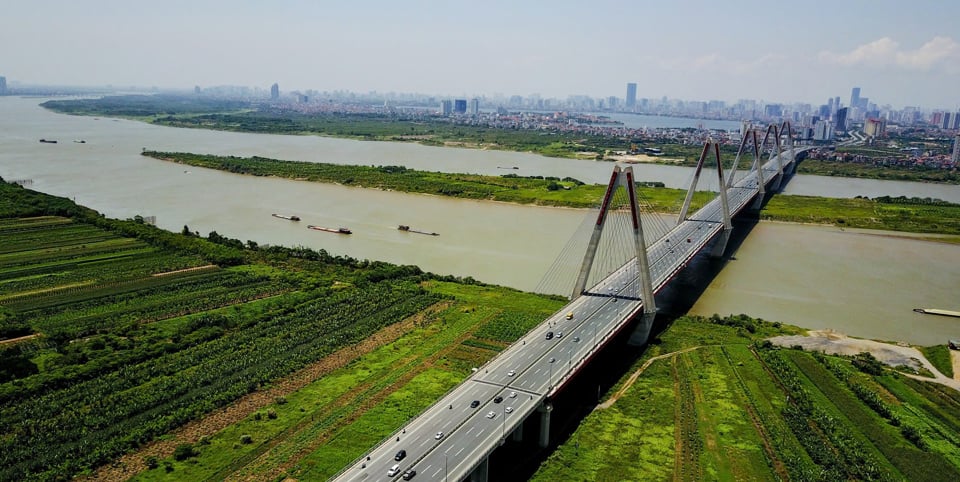
At the same time, Article 17 of the 2024 Capital Law also stipulates the concentration of resources and priority to organize the implementation of the Red River Zoning Plan in accordance with the Capital Planning and the Capital General Planning; Hanoi City is allowed to build a cultural industrial center on the riverbank, the Red River floating bank and other areas with advantages in terms of cultural space location in accordance with the planning...
According to experts, the planning orientation and regulations in the Capital Law are truly the foundation for making the Red River a distinctive highlight of Hanoi in the future. The Red River will become a green space axis, with an attractiveness not only within the scope of both sides of the river but also spreading, creating development momentum for the entire capital Hanoi to the North, East, Northeast as well as the South of the capital.
Chairman of the Vietnam Urban Planning and Development Association Tran Ngoc Chinh shared that the research and renovation of the Red River's alluvial sandbank into a cultural and tourist park of the capital is a breakthrough solution to effectively exploit the land fund and potential advantages, the natural beauty of the Red River, creating open, green spaces, meeting the needs of entertainment and sports, attractive sightseeing and tourism for visitors, solving the problem of lack of public spaces, especially cultural spaces and art exhibitions of the capital's people.
The creation of recreational and cultural parks is an important and indispensable part of large cities, urban areas or densely populated areas. This also limits violations of construction order, improves environmental sanitation, and increases the proportion of green space for historical inner-city areas.
Lots of creative ideas
Under the direction of the Hanoi People's Committee, the competition for ideas for planning a multi-functional cultural park in the middle and coastal areas of the Red River organized by 4 districts: Hoan Kiem, Ba Dinh, Long Bien, Tay Ho helps to find serious and dedicated researches contributing to Hanoi in developing land funds, exploiting diverse areas of the middle and coastal areas. Thereby, contributing to the roadmap to realizing the planning of the central landscape axis of the Red River.
Participating in the competition, the “Green Quai Vac Park” project carefully considered the circulation in the ecosystem; changes in nature, especially the impact of the Red River water level. Talking to reporters of the Economic and Urban Newspaper, Architect Nguyen Duc Trung said: “Through the Yagi storm, we can see that Hanoi really needs more green spaces in the Red River area. With the project, we have calculated all construction factors and infrastructure items up to flood level 2, equivalent to a water level of 11.5m”.
Meanwhile, a representative of the Green Lungs Hanoi Joint Venture shared: "In our plan, we propose that the entire low-lying area in the middle of the Red River will only be used for growing crops, agricultural cultivation, and 2-storey stilt houses. The first floor is an open space, used when there is no flood, the second floor is a closed space that can be used for living or storing belongings when there is a flood."
Referring to the planning of the Red River axis, Dr. Architect Phan Dang Son - Chairman of the Vietnam Association of Architects said that nearly 30 carefully researched competition plans came from prestigious design units, domestic and international joint ventures. That shows the strong response from architects and planners to the area of the middle and the banks of the Red River. Many plans put forward unique ideas, meeting the wishes of Hanoi City on adding public spaces, exploiting cultural and landscape elements; ensuring flood drainage issues and respecting natural ecological development.
According to architect Phan Dang Son, the cultural park model will be suitable when implementing the planning of the Red River sandbank and especially placed in the common space of the Red River rich in cultural and historical values. The park takes the urban heritage of Long Bien Bridge as the center, the landscape of the Red River as the background, forming cultural space routes connecting with the heritage on both banks and the entire green corridor of the Red River.
Dr. Architect Nguyen Van Tuyen and Dr. Architect Nguyen Thu Huong - Hanoi University of Civil Engineering also shared that the Red River sandbank park can be organized according to the model of an eco-tourism theme park. The city needs to promote the main potential of the landscape and unique ecological environment to form an ecological park associated with the development of a semi-flooded forest system, ecological nurseries, sandbanks, water surfaces... The ecological park combined with the Long Bien Bridge heritage becomes a spectacular cultural ecological landscape of the capital, with tourism activities that can be exploited such as picnics, exploration, ecological experiences, camping, and boating.
Clause 2, Article 14 of the Capital Law clearly states: focus resources, prioritize the implementation of the zoning plan of the Red River and Duong River in accordance with the Capital Planning and the Capital General Planning; allow the construction of new dike routes in accordance with the flood prevention and control planning of the dike river route, the dike planning and other related planning to effectively exploit land funds;
On the riverbank, some existing residential areas are allowed to exist and new constructions and houses are allowed to be built at appropriate proportions according to the flood prevention and control planning of the river with dikes and other related planning; the remaining riverbank and floating areas are allowed to build works for public spaces and works serving public purposes but the riverbank and floating areas are not elevated to ensure the requirement of not obstructing the flow.
Source: https://kinhtedothi.vn/quy-hoach-khong-gian-bai-giua-song-hong-diem-nhan-cua-do-thi-trong-tuong-lai.html








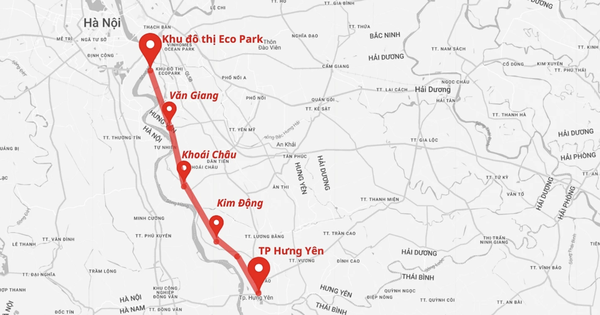

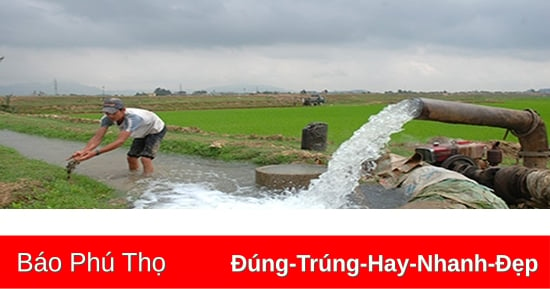

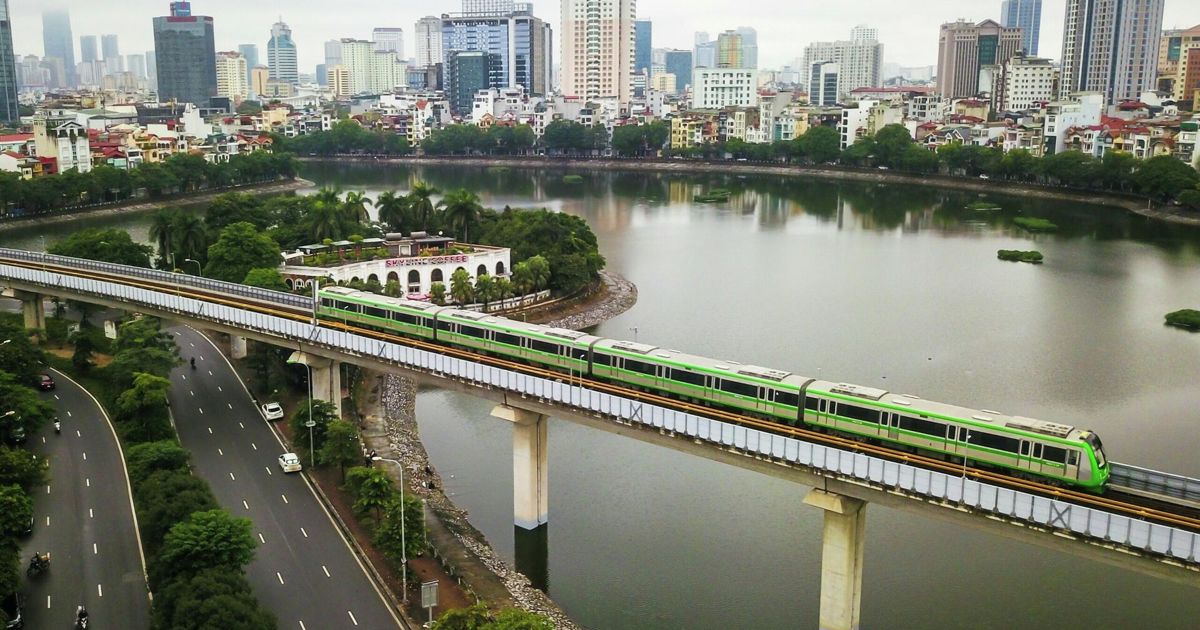
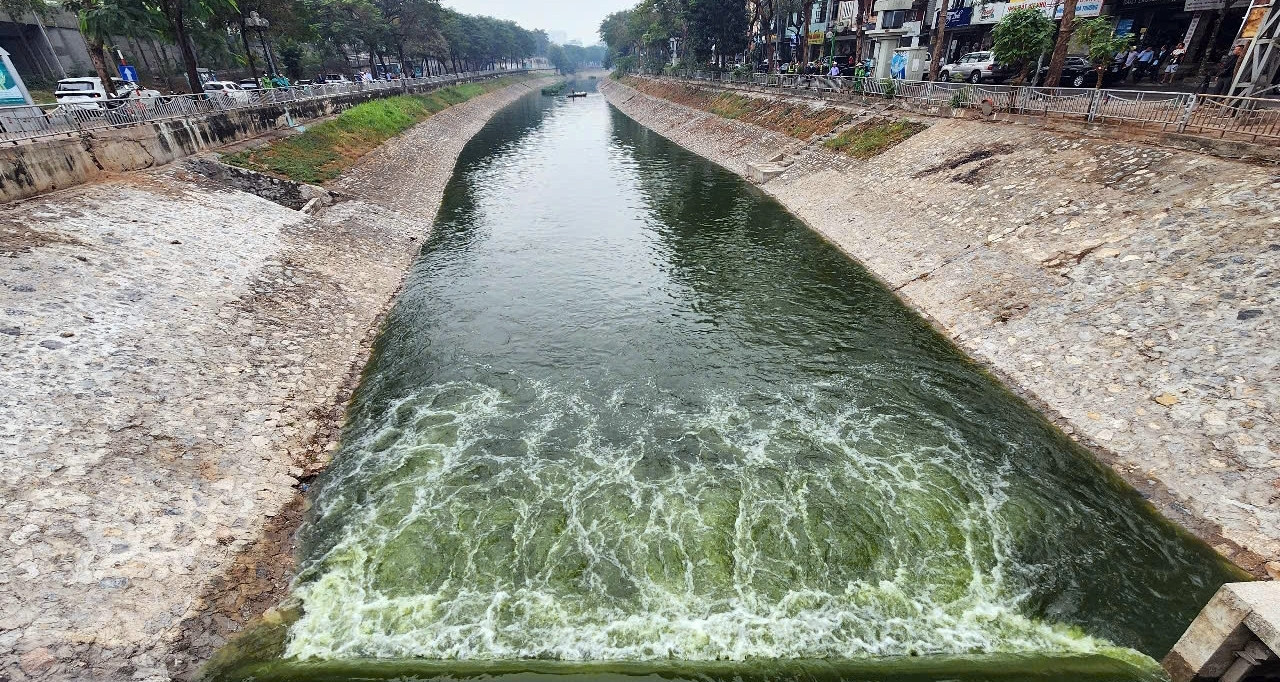

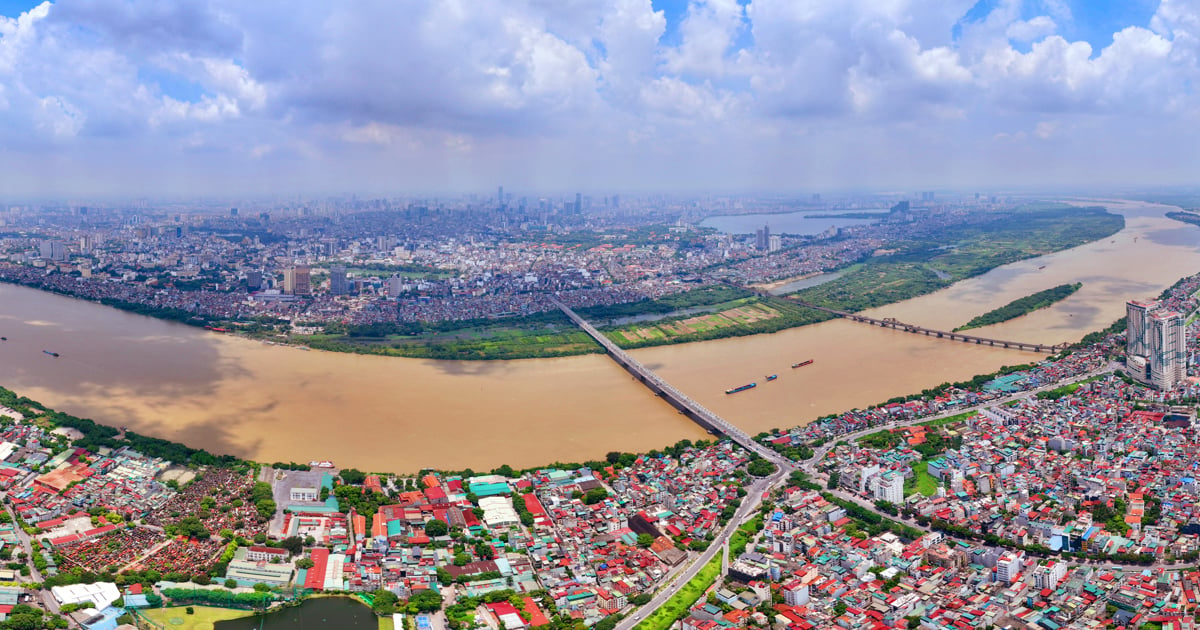
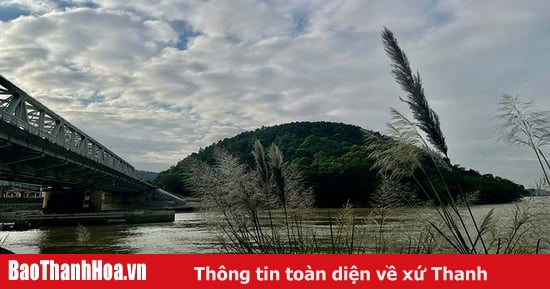
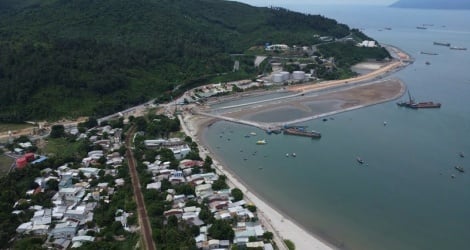

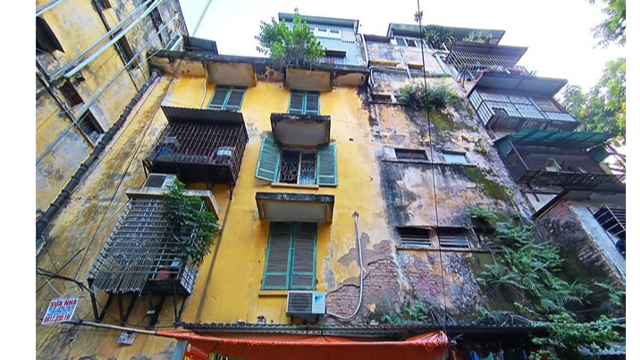
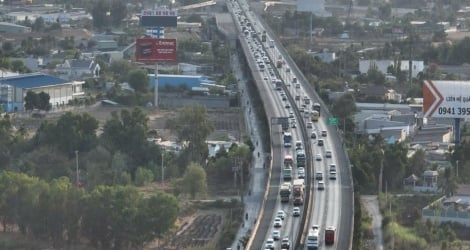
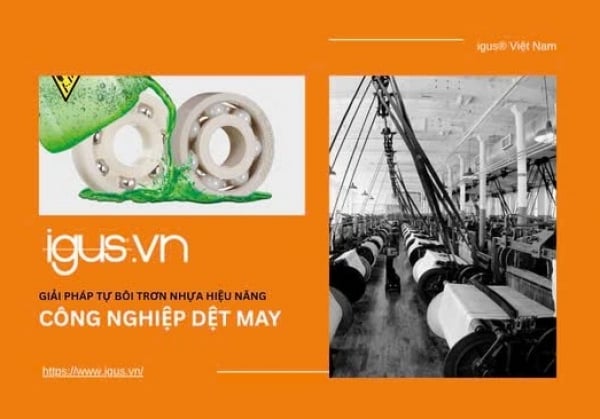

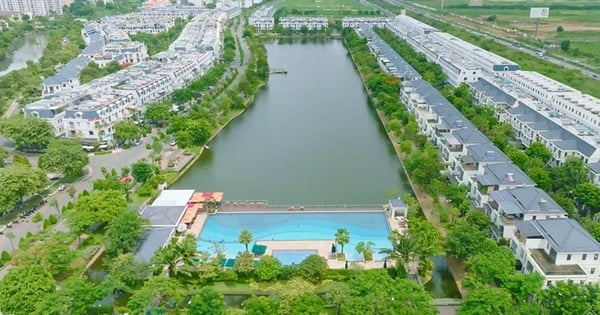

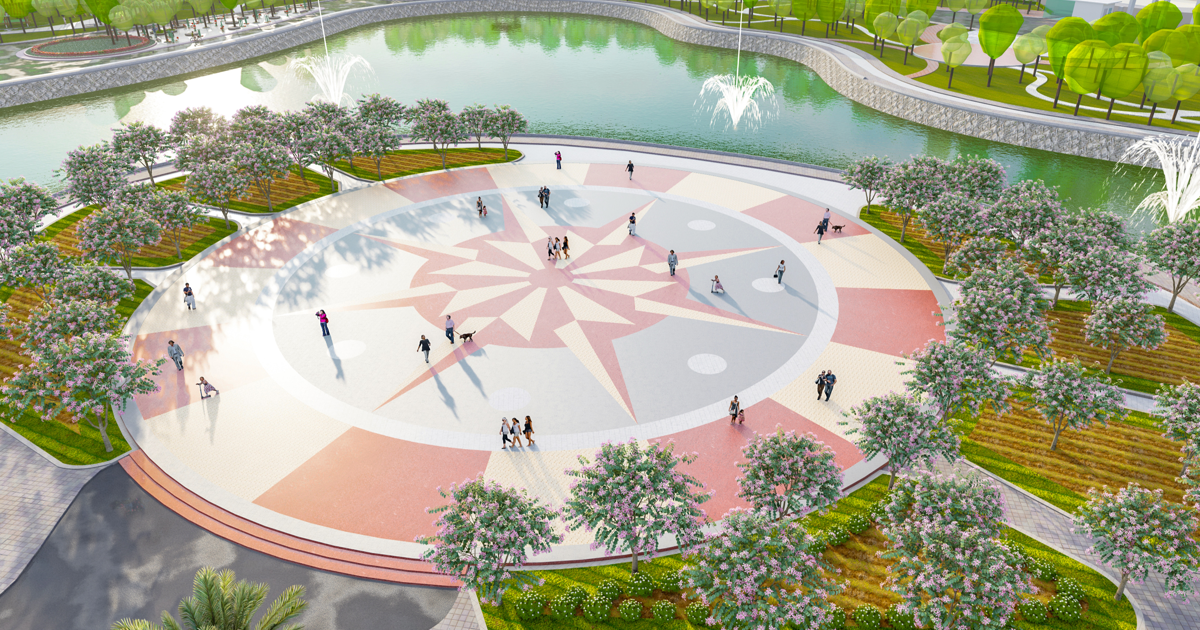
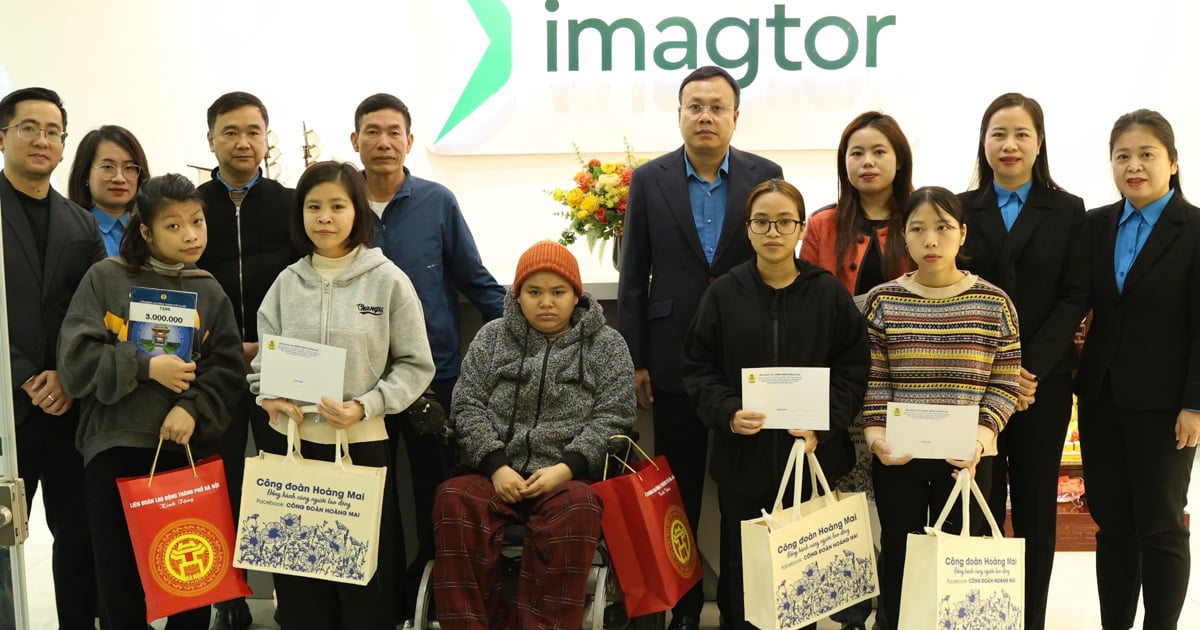
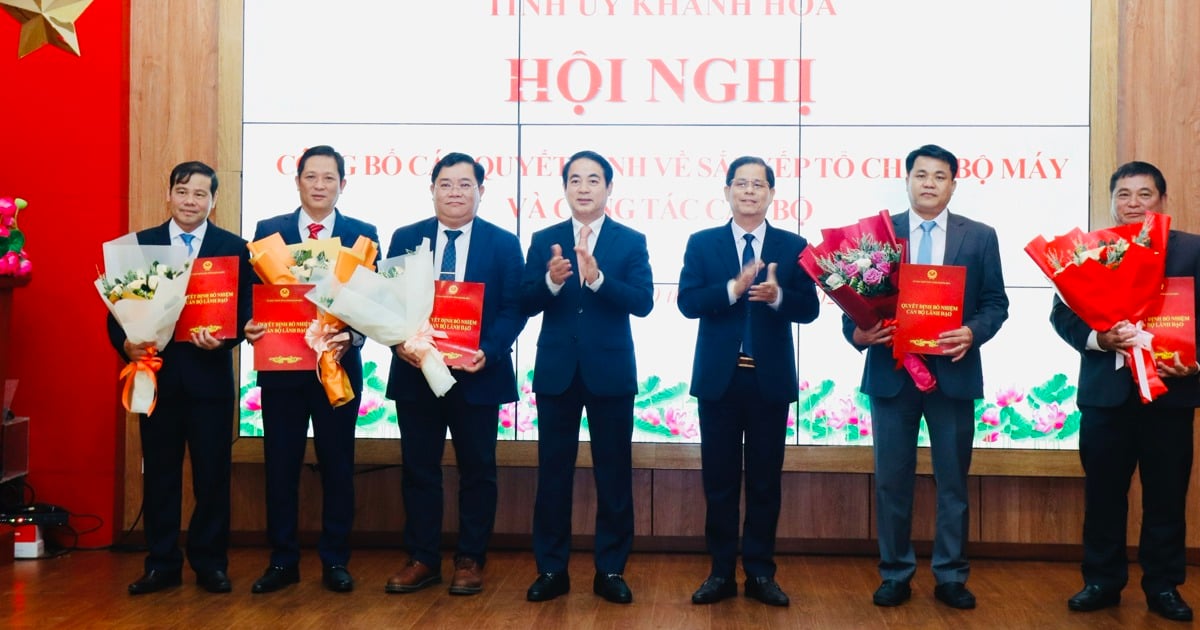
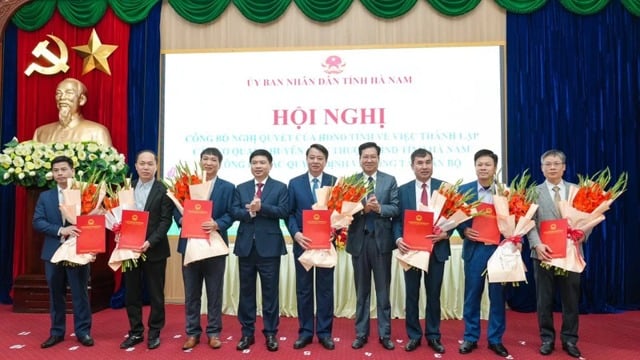
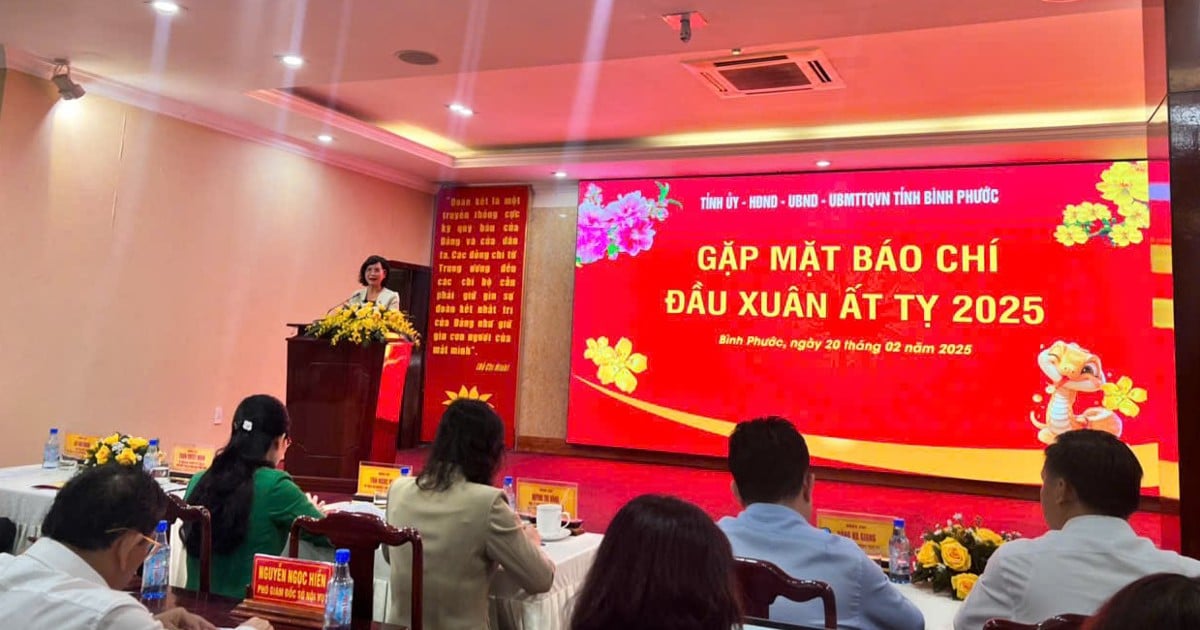
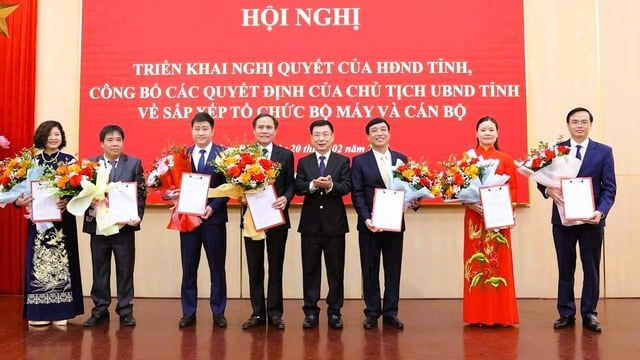
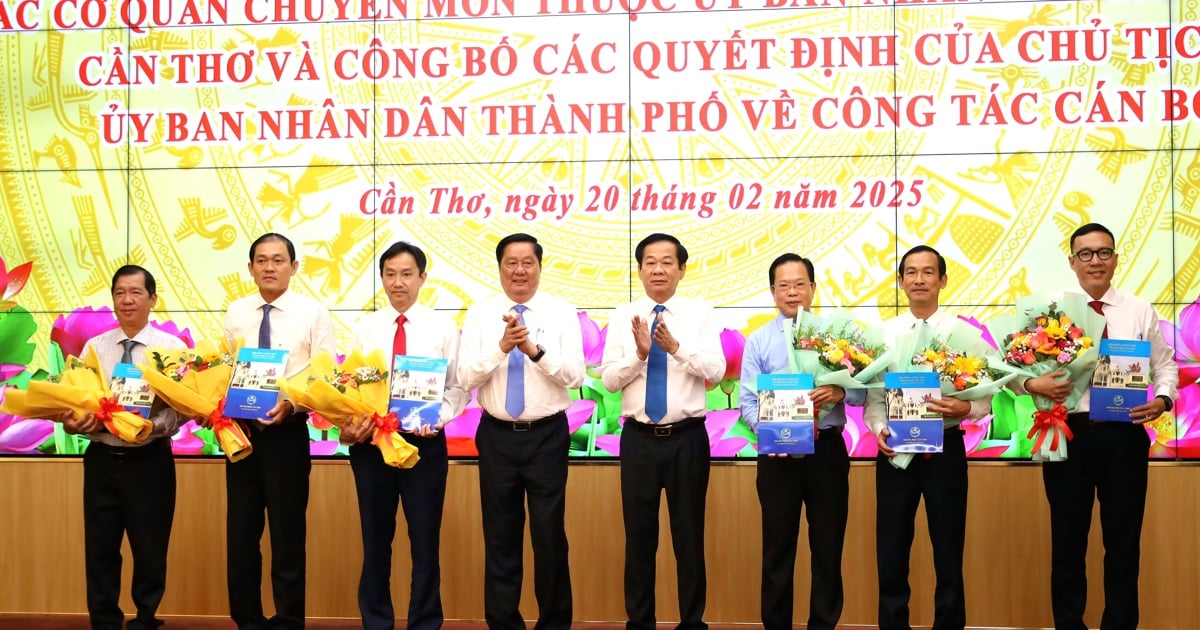
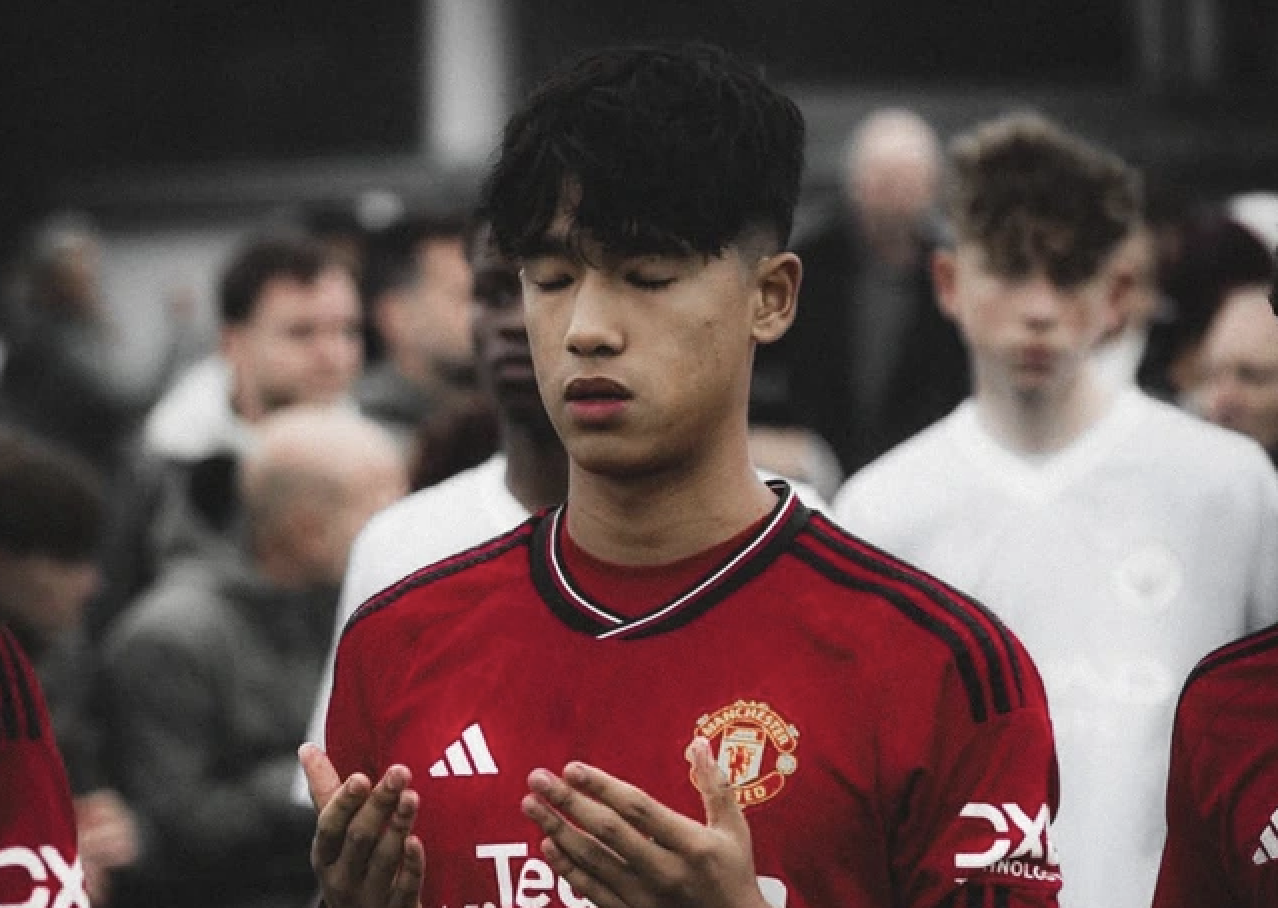
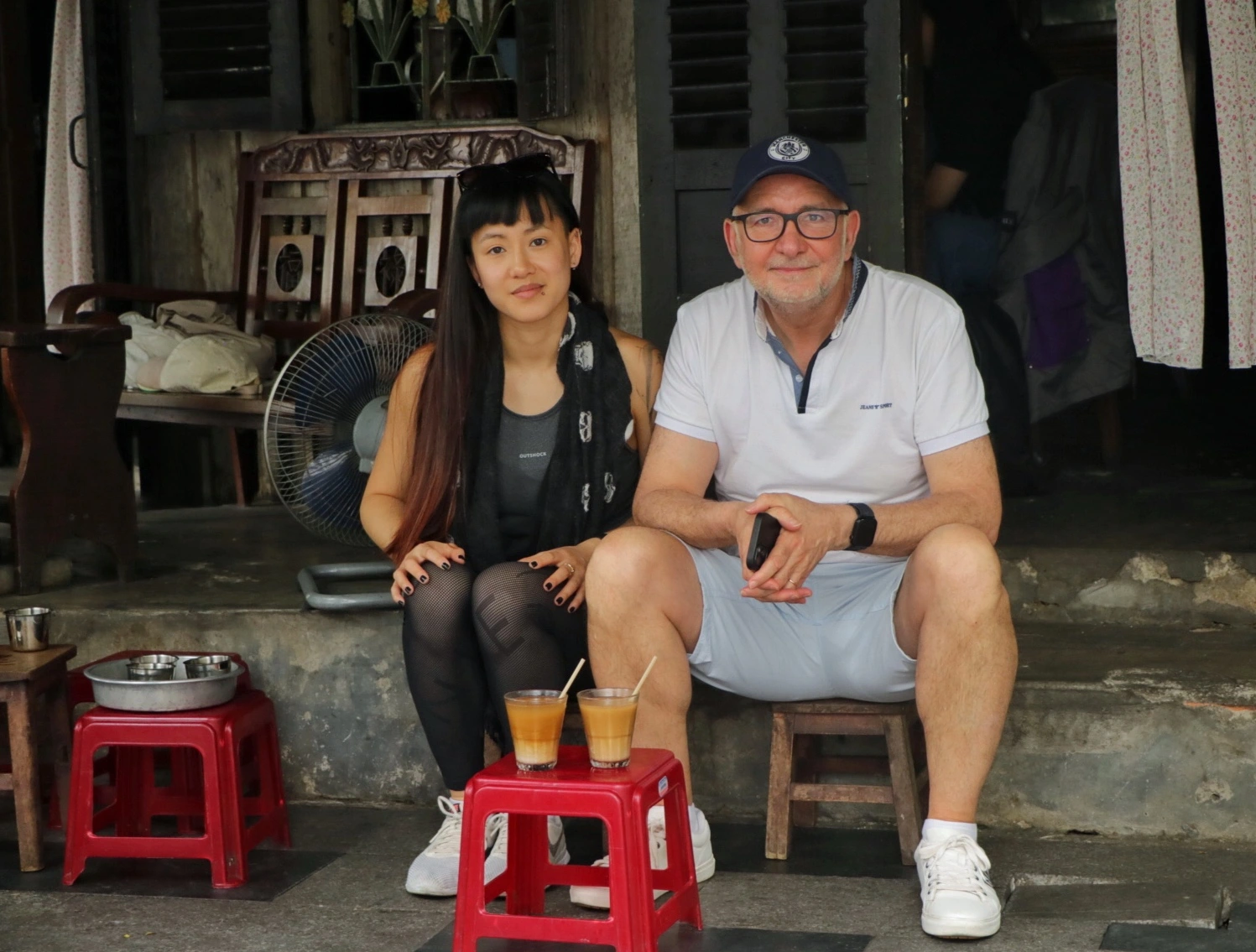

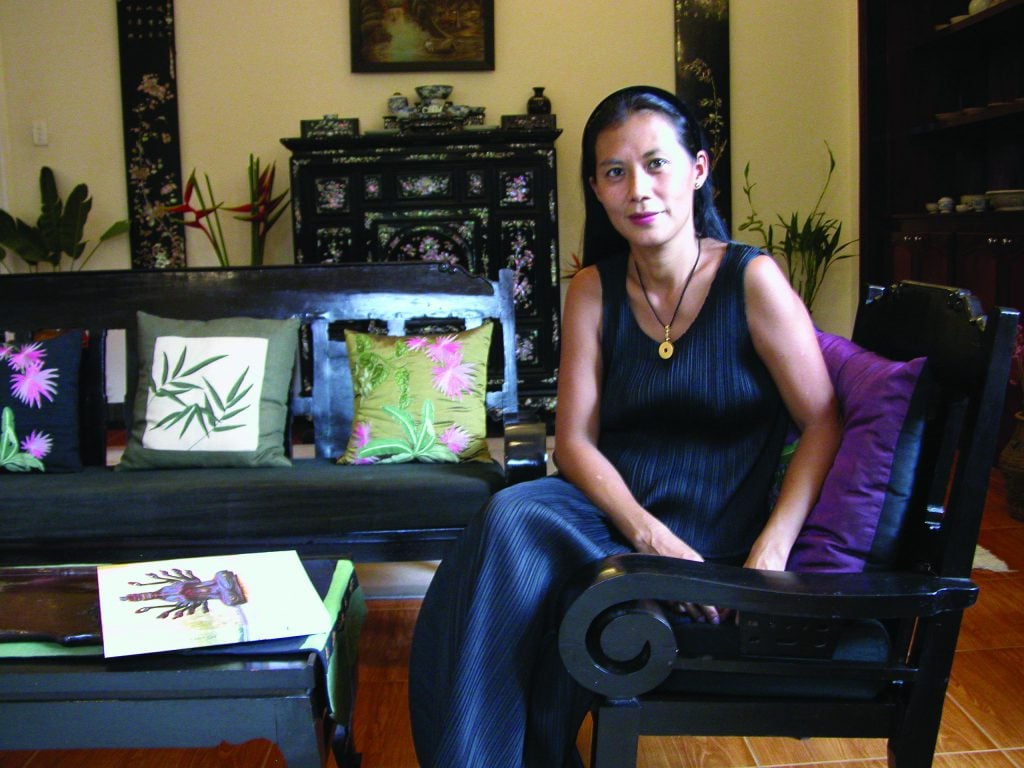



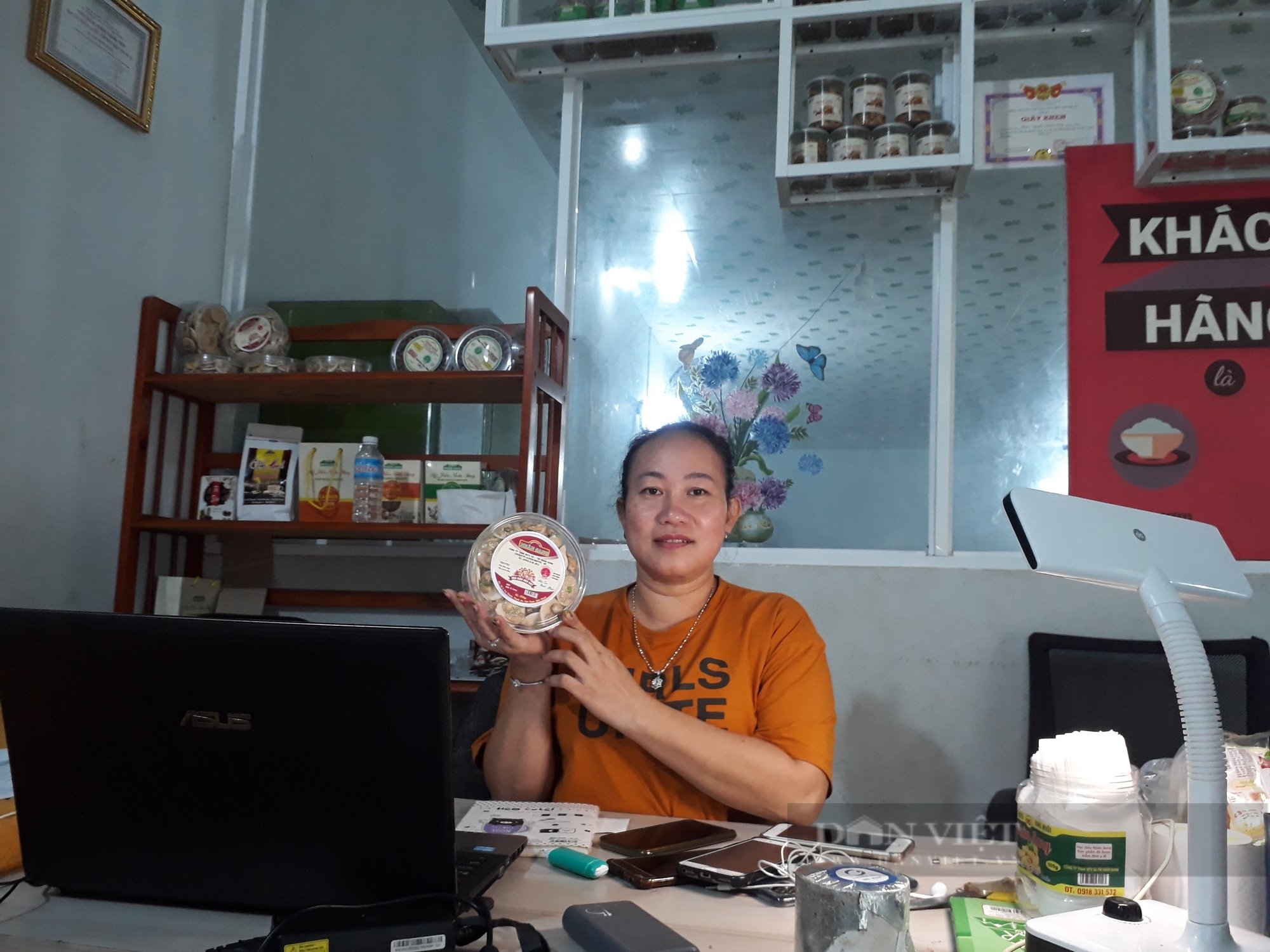

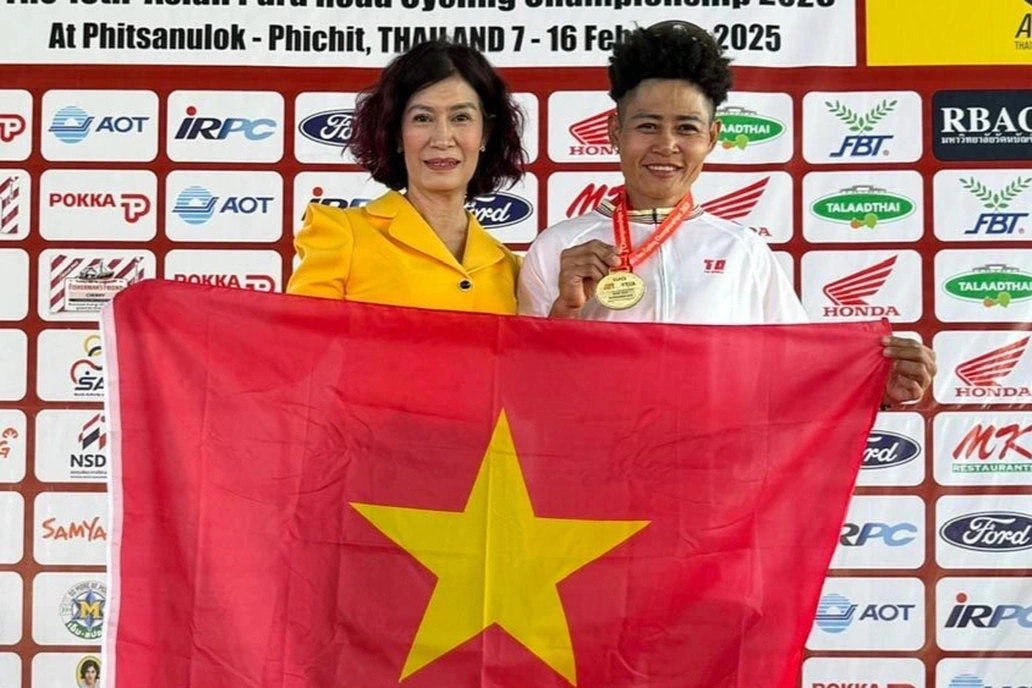

Comment (0)